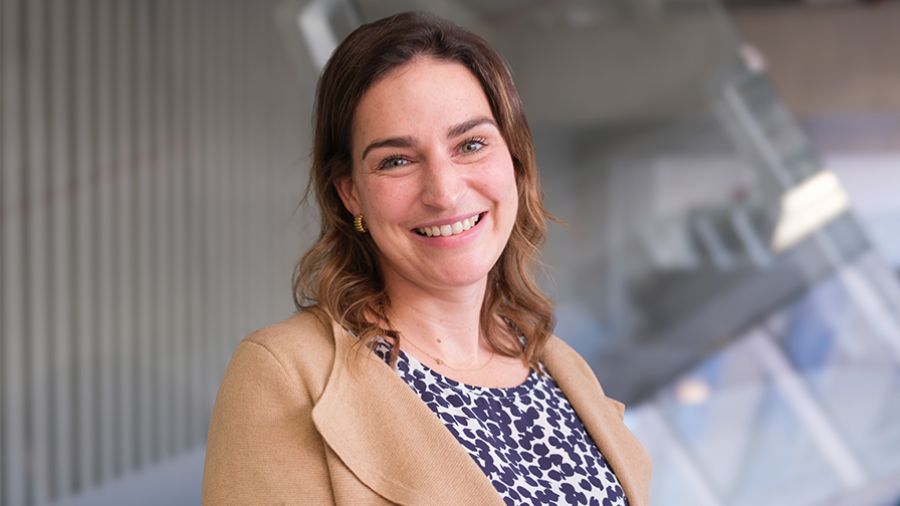
A recent study from UHN’s Krembil Brain Institute revealed specific changes to brain function that occur in individuals treated for major depressive disorder.
Approximately one-third of cases of major depressive disorder are untreatable – they do not respond to medications or other types of therapy, such as talk therapy.
Repetitive transcranial magnetic stimulation (rTMS) is a non-invasive form of brain stimulation that helps some individuals who are treatment-resistant – with a response rate of 50 per cent.
Despite a growing understanding on how this therapy works, it is unclear why some individuals respond and others do not.
“Psychiatry is plagued with trial and error, and we do not have reliable tests to diagnose patients or let them know whether a particular treatment is right for them, like we do in other areas of medicine,” says Dr. Daphne Voineskos, a clinician investigator at UHN’s Krembil Brain Institute, and lead author of the study. “By examining changes in brain activity during and following rTMS, we can gain deep insights into how the treatment works and pinpoint which individuals are most likely to benefit.”

To identify treatment-related changes in brain activity, the researchers analyzed data from 90 adults with treatment-resistant depression who received up to 30 rTMS sessions over a maximum period of six weeks.
Before and after the rTMS treatment program, participants underwent a brain stimulation and recording procedure called transcranial magnetic stimulation and electroencephalography (TMS-EEG). Using this method, the team studied changes in two markers of cortical inhibition, known as the N100 and N45 signals.
The team found that both markers changed following rTMS in individuals who responded to treatment. Specifically, these individuals showed a weaker N100 signal and a stronger N45 signal after treatment compared to non-responders.
“We also discovered that as individuals’ levels of depression decreased, their N100 and N45 signals began to resemble those of healthy individuals,” says Rebecca Strafella, a former graduate student in Dr. Voineskos’ lab, and first author of the study.
Interestingly, the team also found that features of the N100 signal before treatment can help to predict whether an individual will benefit from rTMS.
“With these findings, we are getting closer to developing a non-invasive test to guide treatments for our patients,” says Dr. Voineskos.
“Our findings reveal a robust way to identify individual patients that will benefit from rTMS. These insights could lead to improved clinical protocols that avoid the frustration that comes with current trial and error approaches for the treatment of depression.”
This study was supported by generous donors to UHN Foundation.



